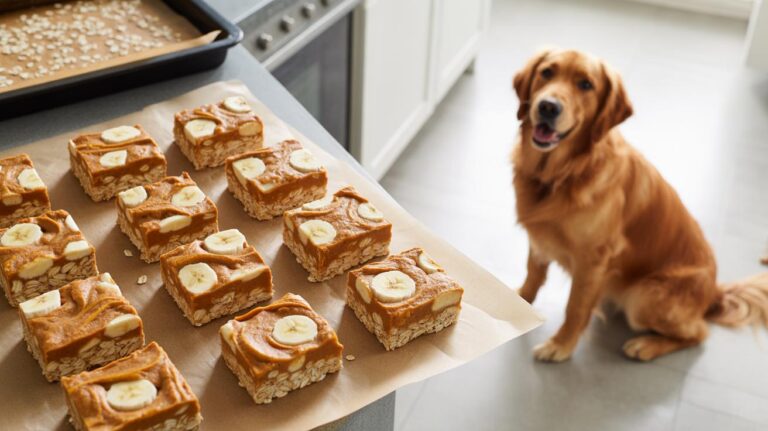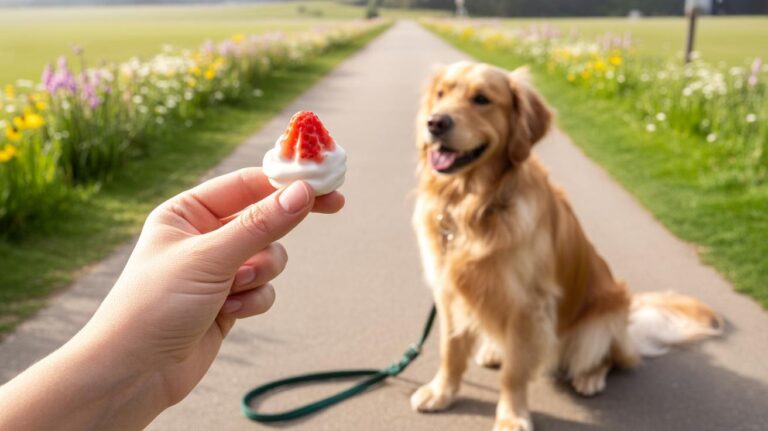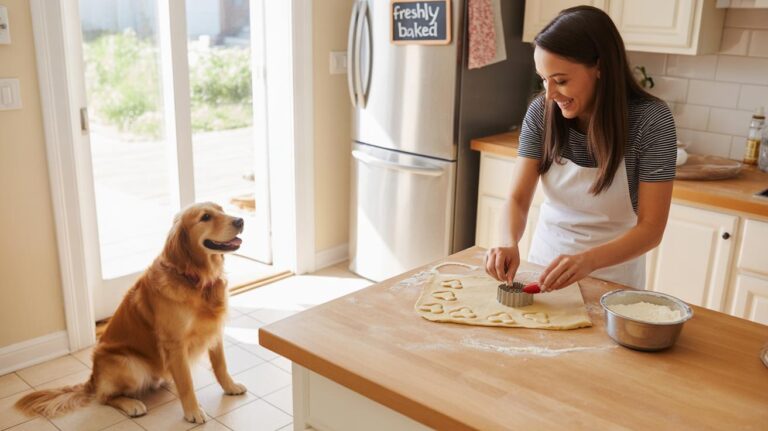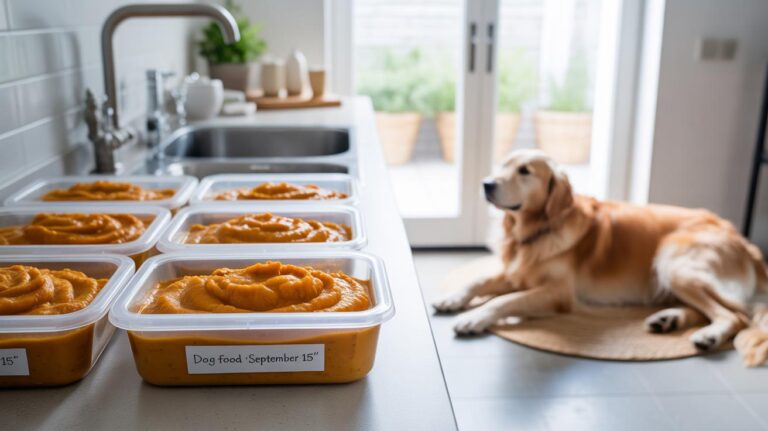Frozen Yogurt Bites For Dogs With Blueberry And Coconut

Introduction Frozen Yogurt Bites For Dogs With Blueberry And Coconut are a tasty, healthy treat for your furry friend. These bites combine the benefits of yogurt, blueberry, and coconut, all safe and beneficial ingredients for most dogs. They offer a…











